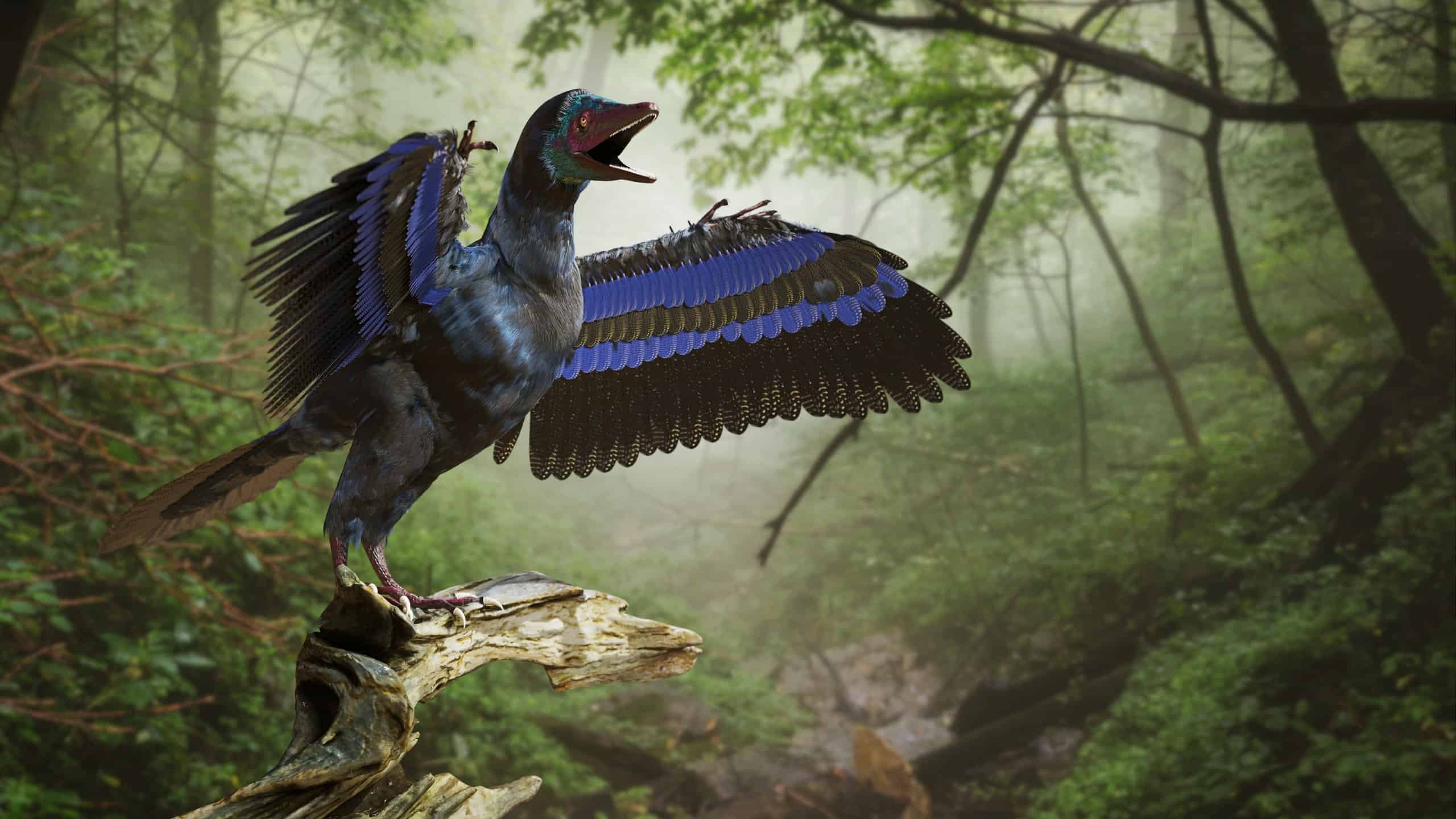
What is an Archaeopteryx? This ancient creature, often called the "first bird," lived about 150 million years ago during the Late Jurassic period. Archaeopteryx had both dinosaur and bird features, making it a fascinating link between the two. Imagine a creature with feathers, wings, and a wishbone like modern birds, but also teeth, claws, and a long bony tail like a dinosaur. Scientists believe it could glide or fly short distances. Its discovery in 1861 provided crucial evidence for the theory of evolution. Fossils of Archaeopteryx have been found in Germany, offering a glimpse into the past and helping us understand the transition from dinosaurs to birds.
What is an Archaeopteryx?
Archaeopteryx is a fascinating creature that bridges the gap between dinosaurs and birds. This ancient animal lived during the Late Jurassic period, around 150 million years ago. Let's dive into some intriguing facts about this prehistoric bird-like dinosaur.
Archaeopteryx's Discovery
The discovery of Archaeopteryx has provided significant insights into the evolution of birds. Here are some key points about its discovery:
- The first Archaeopteryx fossil was found in 1861 in Germany's Solnhofen limestone deposits.
- This fossil was discovered just two years after Charles Darwin published "On the Origin of Species."
- The initial fossil was a single feather, which led to the identification of the species.
- Since then, twelve more Archaeopteryx fossils have been found, each providing more details about its anatomy.
Physical Characteristics
Archaeopteryx had a unique blend of features from both birds and dinosaurs. Here are some of its physical traits:
- It had feathers similar to modern birds, which suggests it could fly or glide.
- Unlike modern birds, it possessed teeth in its beak, a characteristic of reptiles.
- Its wings had claws, indicating it could grasp objects or climb.
- Archaeopteryx had a long bony tail, unlike the short tails of modern birds.
Behavior and Abilities
Understanding the behavior and abilities of Archaeopteryx helps us learn more about its lifestyle. Here are some insights:
- It likely lived in a warm, tropical environment with lagoons and islands.
- Archaeopteryx may have been capable of short bursts of flight, similar to modern pheasants.
- Its claws suggest it could climb trees, possibly to escape predators or hunt for food.
- The structure of its feathers indicates it was warm-blooded, like modern birds.
Archaeopteryx remains one of the most important fossils for understanding the transition from dinosaurs to birds. Each discovery adds a piece to the puzzle of how these magnificent creatures evolved.
The Fascinating Legacy of Archaeopteryx
Archaeopteryx, a creature bridging the gap between dinosaurs and birds, continues to captivate scientists and enthusiasts alike. Its unique blend of avian and reptilian features offers a glimpse into the evolutionary process, showing how species adapt and change over time. With its feathered wings, sharp teeth, and long bony tail, Archaeopteryx stands as a testament to nature's creativity and complexity.
Fossils of this ancient bird have provided invaluable insights into the transition from non-avian dinosaurs to modern birds. Each discovery adds a piece to the puzzle, helping us understand the origins of flight and the diversity of life on Earth. Whether you're a paleontology buff or just curious about our planet's history, Archaeopteryx remains a symbol of evolutionary wonder and scientific discovery. Its story is far from over, with new findings continually reshaping our understanding of this remarkable creature.
Was this page helpful?
Our commitment to delivering trustworthy and engaging content is at the heart of what we do. Each fact on our site is contributed by real users like you, bringing a wealth of diverse insights and information. To ensure the highest standards of accuracy and reliability, our dedicated editors meticulously review each submission. This process guarantees that the facts we share are not only fascinating but also credible. Trust in our commitment to quality and authenticity as you explore and learn with us.


